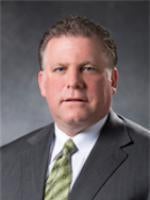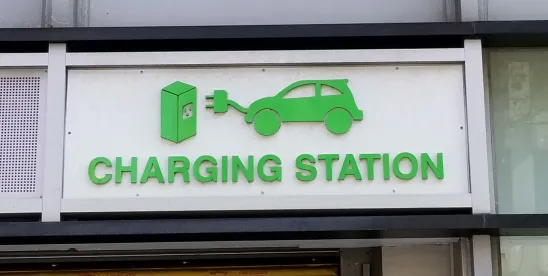Automotive giant Tesla is facing increasing criticism following allegations that the company failed to implement adequate warnings and safety measures on its popular Tesla Supercharger stations.
The scrutiny arose after one New Jersey woman suffered electric shock and burn injuries while attempting to unplug her vehicle from the Supercharger at The Promenade, a local shopping center.
The injuries and legal claims in question
Ms. Mixon states that the incident also caused her to suffer from upper extremity chronic regional pain syndrome, in addition to mental anguish and loss of wages. According to the September 30th complaint, Tesla “intentionally and consciously chooses not to” implement existing, inexpensive technology that is readily available and would eliminate users’ risk of serious injuries.
The company is also accused of destroying key evidence connected to the event despite being instructed to preserve all relevant evidence.
Now, Ms. Mixon is seeking punitive and compensatory damages, interest, attorney fees, and costs.
The Promenade is also a defendant in the suit and readily admits that the Supercharger was “supposed to be turned off” when Ms. Mixon’s injuries occurred. Despite this, she noticed several other drivers utilizing the equipment. No warnings or barriers were in place to discourage drivers from accessing the Supercharger.
Is this case connected to a class action product defect lawsuit?
Currently, there is no class action suit against Tesla for the alleged product defects and related safety concerns. However, if other users come forward with similar experiences and injuries, one could be filed in the future.
Is there a Tesla Supercharger recall?
The company’s Supercharger Support webpage indicates that there are “50,000 global Superchargers conveniently placed along popular travel routes, located near amenities such as restaurants, shops, restrooms and Wi-Fi hot spots.”
At the time of publication, Tesla had not issued a recall for these Superchargers.
How to identify Supercharger safety risks
On its website, Tesla states that its Superchargers are “monitored closely and regularly serviced by our Tesla Service Technicians” and encourages users to use a different device at the same location if they identify one that is broken or inoperable.
The site, however, outlines what a broken or inoperable charger might look like.
If you rely on Tesla Superchargers to power your vehicle, it’s crucial to understand how to identify potential defects to help protect yourself from harm.
To reduce your chances of injury, look for these warning signs before initiating or stopping a charge:
- Visible damage to the charging cable, connector, or station
- Unusual noises, sparks, or smokes while plugging in, charging, or unplugging your vehicle
- Unexpected heating of the cable or connector
- A red light on the Supercharger’s status light, which indicates a fault
If you identify any of these concerns, report them directly to Tesla support or the Tesla app and avoid using the equipment.



 />i
/>i
